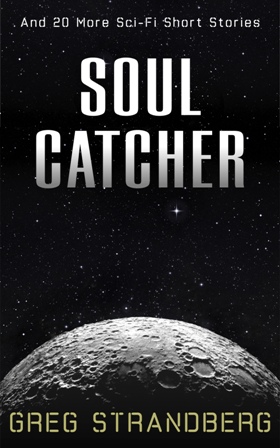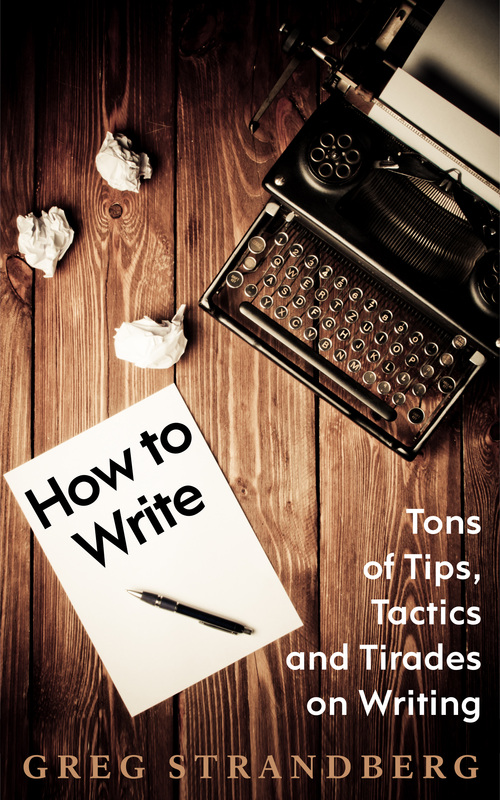The good news for all of those fiction writers out there who want to jump ship is that there are more areas where fiction and non-fiction writing are more similar than where they’re different. In both you’re telling a story, whether that’s the story of people’s lives, or just the story of a place or thing. In both you’re trying to catch the reader’s imagination, and pocketbook as well. And in both your voice shines through all the rubbish produced by the multitude of hacks and copycats out there today on bookstore shelves everywhere.
- Make it Fun: I write non-fiction on a daily basis, not matter what other things I’m doing or how busy my other pursuits are. I’m constantly writing articles, whether they’re about wonderful places in China or Australia, or product descriptions for knives, pots, and pans. I try to make the writing engaging, entertaining, and factual. I try to make it fun. Anyone can write the same old boring way, and countless millions of people do it everyday through emails, reports, and papers. What separates the drudgery of reading this stuff from the sheer joy of reading good stuff is usually dictated by the style and tone of the writer. Don’t bore the pants of your readers, and always try to keep them guessing.
- Show, Don’t Tell: Let’s get back to that common rule of writing promoted by Mark Twain, “show, don’t tell.” That’s very important in fiction writing, and we see it all the time. “Her breath misted in the air as her nose started to go numb.” Use this same approach in your non-fiction writing. “Vine-encrusted trees leap out at you when you walk through the many dazzling tracks the Lamington National Park has to offer.” Create visual aids for your readers that will take their mind’s eye off of your words and place it on the images you’re describing.
- Outline: The creative process is evident in non-fiction writing just as with its fictional cousin, but it needs to be reigned in a bit more. While you’re free to let your mind wander while writing fiction, letting your creative juices flow down from your Amygdala, into your hands, and out onto the paper, non-fiction writing needs a guide. That’s why outlines are often critical when writing non-fiction, and a wonderful place to start.
Well, to tell you the truth, I hate outlines. But I use them. I don’t like writing them, but I do it. And I’ll often find myself going back to look at them when I feel stuck on my longer non-fiction writing tasks. And outlines are simple way for inexperienced non-fiction writers to quickly begin filling up the pages.
When you write in outline format, you’ll be dictating what your paragraph topics are about. Once you have a few words or sentence for each, expand further. Try to make one paragraph for each point, and by all means, do more if you can. Make further subheadings within your outline when an idea strikes, and just let whatever’s inside of you pour out.
Now go up and clear all of your formatting from MS Word and look at your work. If you’ve do it right, your outline is now a lot of text blocks, that, when properly formatted, will be a nearly complete non-fiction paper. Now all you have to do is smooth the edges with some proper nouns, statistics, and facts. Slap on your opening and closing paragraphs, give it a good title, and voila! your done. Wow, non-fiction writing’s pretty easy after all!










































































 RSS Feed
RSS Feed